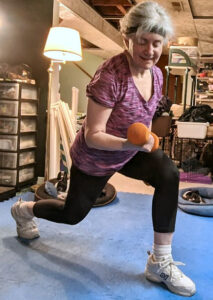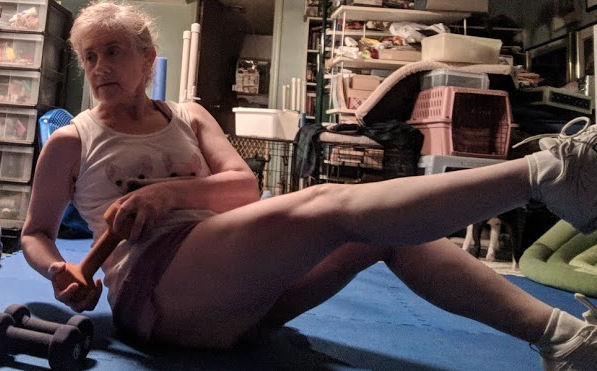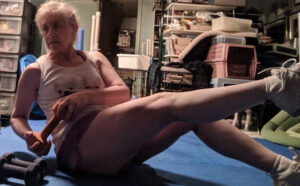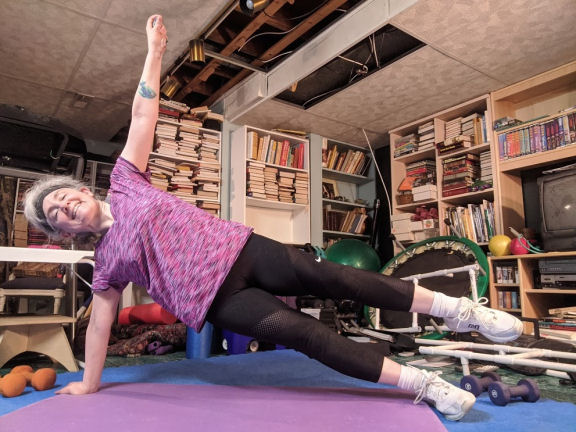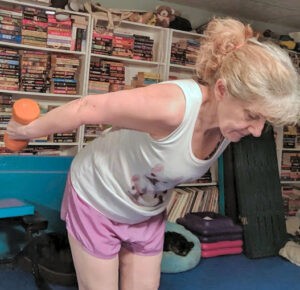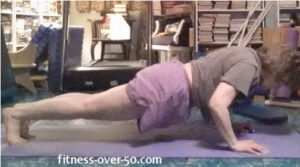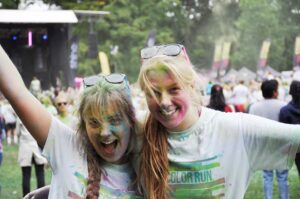The first step in beginning a fitness regimen is finding an exercise program that you like. I’ve said that a lot. Because if you don’t like it, you won’t do it. Simple as that. If you have a program that gets you on your feet, gets you moving, and you actually look forward to it, then why in the world wouldn’t you do it every day? You’ve got built-in motivation, so get to it, right? Now you’re saying that’s a bad idea? Why can’t I do the same workout every day? Here are some answers, prompted by personal trainer and fitness nutrition specialist Rachel Trotta with my own comments thrown in. And my own article about cross-training may have some ideas for you, too.
First, remember to recover
Our bodies need time to recover. When we work our muscles intensely, they need time to recover and get stronger. So if you love to run and want to run everyday (I don’t understand this, but I know many people do), try to find something else that you love for alternating days. If you emphasize strength workouts, try to work different parts of your body every other day.
But if, like the series that I like, your workout program actually does target different areas of your body on different days, you may not need to do a different program. If you’ve found an instructor that you really like, that’s terrific. Try to find different programs that target different areas to mix up your workouts.
The dreaded plateau
If you do the same workout every day, your body gets used to the movements and you’ll hit a plateau. Your body is great at adapting, but that’s not what you want when you exercise. In order to get stronger, or leaner, or improve our cardio response, we need to keep progressing in our workouts. Lift a little more, or do more difficult moves.
The boredom factor
No matter how much you like a workout program at the beginning, if you repeat it too much, you will get bored and you’ll lose your motivation. It’s the same thing with your favorite foods. Eat the same thing every single day and you’ll get bored with it and look for something new and exciting. I think that’s one reason we find it hard to stick to a restrictive eating plan. If you stick with it, you’re bound to lose weight, for example, but we want variety. Same thing with our workouts. If we do the same workout every day, we’ll get sick of it.
Over-exercise may result
And doing the same workout every day may result in over-exercise. Over-doing a move may result in injury. Or, if you’re merely going through the moves without focusing on them, you won’t get the full benefit.
So what’s the solution?
If I can’t do the same workout every day, what do I do? As I said before, if you’re streaming workouts and have found an instructor you really like, look for other programs that they do. While you’re enjoying that instructor’s workouts, also look for other programs you think you might enjoy and try them out. Also, try something totally different. You might like that too.


